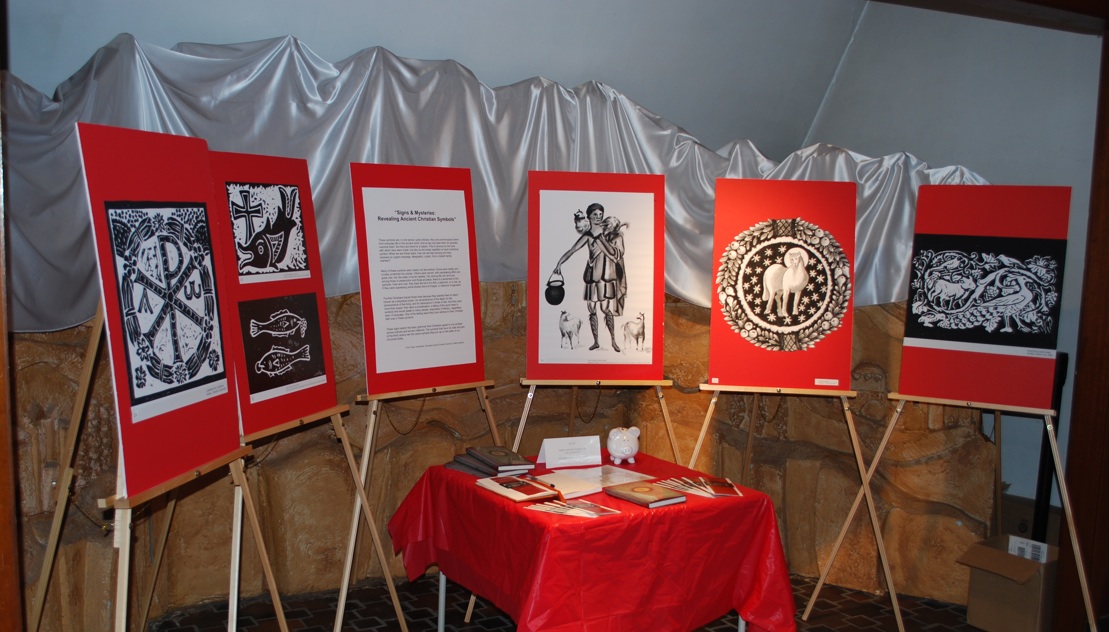Last week I had the great pleasure of coffee, conversation, and prayer with Timothy Becker, who’s finishing up his doctoral work in patristics at Union in New York. Tim and Matt Bell, a doctoral student at Durham, are living in Pittsburgh and launching a remarkable project called the Ancient Christian Faith Initiative.
Tim says: “Our goal with ACFI is to bless the Church by connecting Christians with the spiritual vision of the Fathers. This past spring we led a group of about nine, from Protestant, Catholic, and Orthodox backgrounds. We studied Sts. Irenaeus, Cyril of Alexandria, Hilary of Poitiers, and Jacob of Serug, covering, among other things, Rule of Faith, Christology, Eucharist, Baptism, and Mary. The response was dramatic. People were enthralled with the charismatic power of the Fathers and grew in their awe and wonder at the Christian faith.”
But of course. The good news is that they’re going to keep it going: “This summer we are offering a seminar that will cover Sts. John of Damascus and Symeon the New Theologian. In the fall, we’ll be offering two seminars: ‘Pillars of the Church’ (Sts. Ephrem, Gregory of Nazianzus, and Augustine) and ‘How to Read the Bible According to the Early Church.'”
Each session includes a discussion based on the reading — 20-40 pages per week. It all takes place Mondays, 7 p.m. to 9 p.m., June 8 to July 13 at St. George Antiochian Orthodox Cathedral (in Pittsburgh’s Oakland neighborhood), 3400 Dawson St. Cost is $90 for the seminar, approximately $15 for books.
Tim is also hosting a high-school boys seminar on St. Athanasius. Why? “Rebellions always need a beginning.” It starts next week.
I apologize for the lateness of this posting. I’m very excited about this project — but way too busy to act as quickly as it deserves! Mea maxima culpa.
I suspect the Ancient Christian Faith Initiative may be the real reason the London Economist just chose Pittsburgh as the United States’ most livable city.
